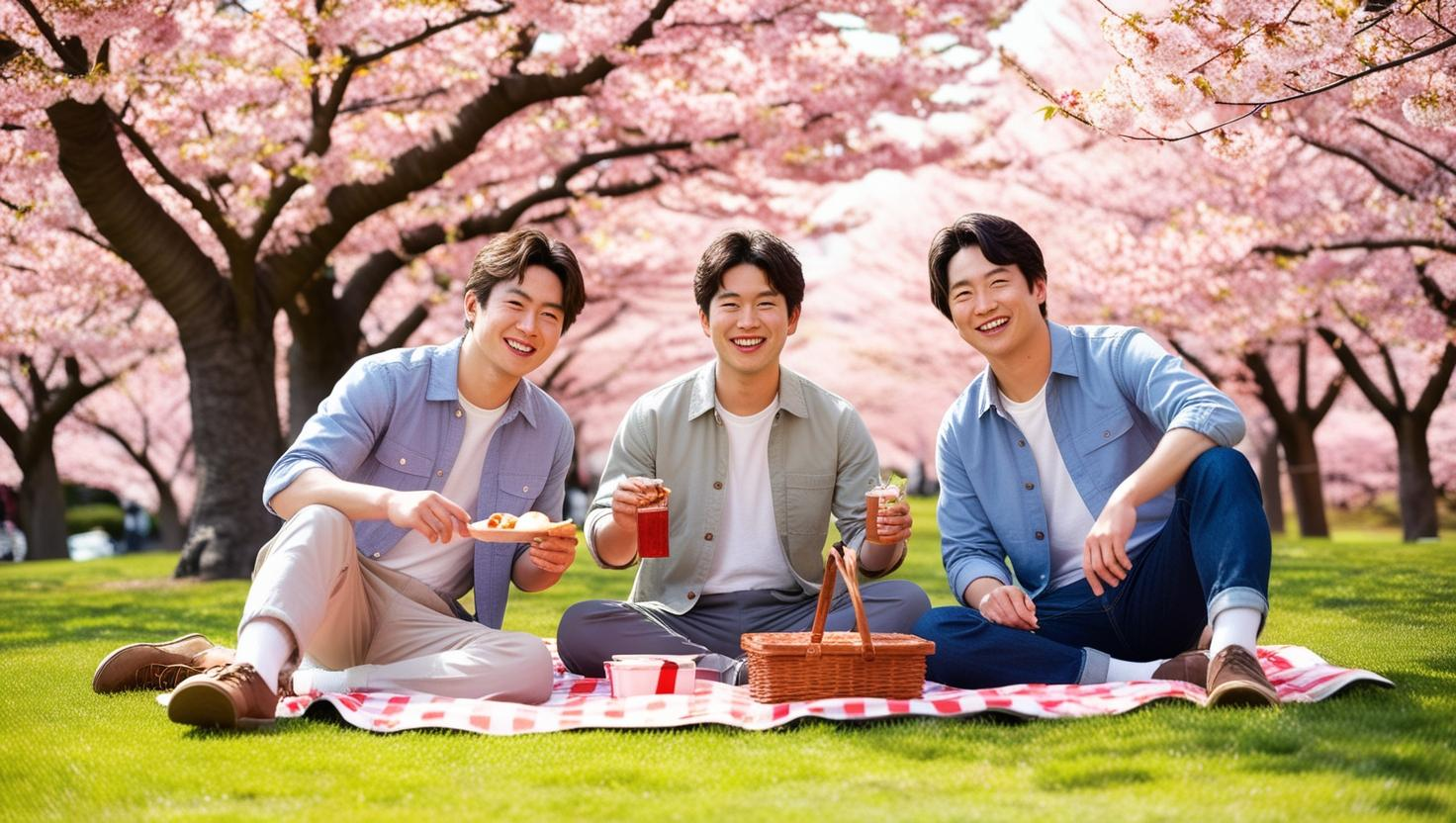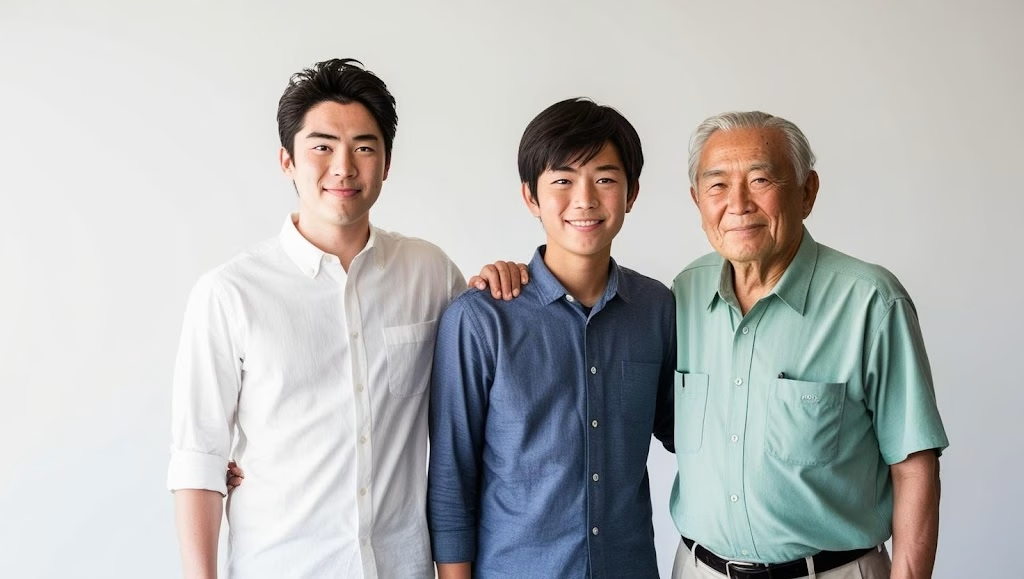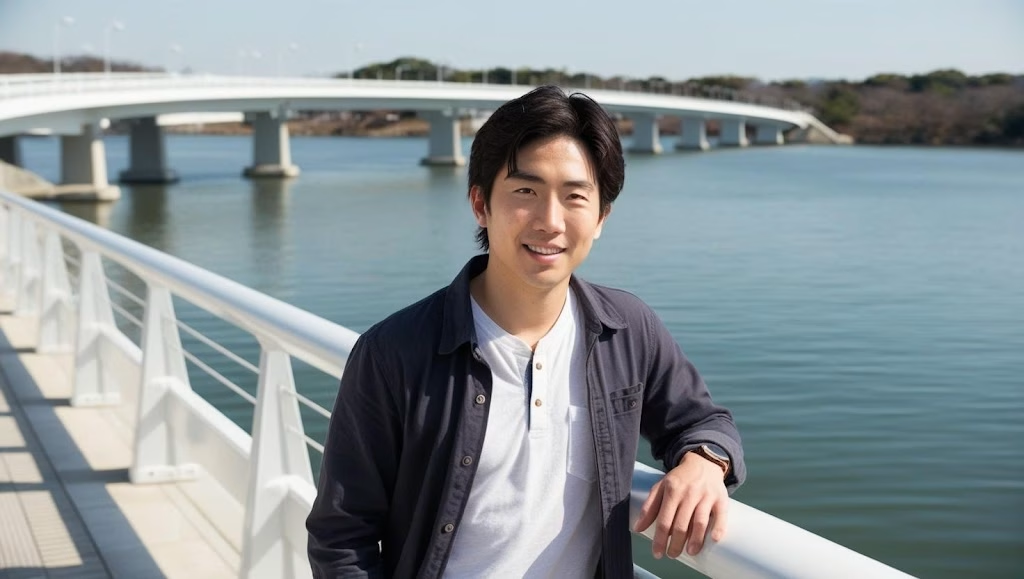Have you ever heard of hanami? Hanami is a culture of enjoying cherry blossoms in bloom in Japan. There are several hanami ethics that need to be considered, one of which is related to ethics towards cherry blossoms.
Cherry Blossom Period in Japan
Cherry blossoms bloom in spring in Japan and are an important symbol in Japanese culture, including in anime, manga, Japanese dramas, and so on. Cherry blossoms bloom in a very short time so that this moment is used by Japanese people to enjoy the beauty of cherry blossoms.
Cherry blossoms bloom at different times. In southern Japan, cherry blossoms bloom in mid to late March. In central Japan, cherry blossoms bloom from late March to early April and even mid-April. In northern Japan, cherry blossoms bloom later in the year, from the last week of April to the first few weeks of May.

Hanami Rules and Etiquette
There are some rules and etiquette of hanami that must be followed when doing hanami in Japan. The rules and etiquette of hanami that need to be followed when doing hanami are not blocking the space, bringing home trash, not making noise, and not smoking.
When hanami, it is not recommended to block or take up the available space. Take only the necessary space for hanami. You can use a mat and avoid using a tent because it can block other people's view. That way, everyone can get a place and enjoy the beauty of cherry blossoms.
You are not allowed to be noisy and smoke during hanami. This is to maintain mutual comfort so as not to disturb others who are also doing hanami. Please talk without making noise and please go to the special smoking area if you want to smoke. In addition, you must take your trash home and throw it away if you find a trash can to maintain cleanliness.
Hanami, the beautiful Japanese tradition of enjoying the beauty of cherry blossoms, is more than just a picnic under the trees. It is a cultural celebration rich in etiquette and unwritten rules that have been passed down through generations. Understanding and respecting these hanami rules and etiquette ensures a pleasant hanami experience for everyone, while preserving the natural beauty and precious traditions of Japan.
Choosing the Right Location and Time
Before hunting for the perfect hanami spot, it’s important to check the cherry blossom (sakura zensen) forecast. Official websites and weather apps often provide accurate predictions, helping you plan your trip in time to catch the peak blooms. Don’t forget to consider different locations, as the blooms don’t happen all at once across Japan. Big cities tend to be busier, while rural areas offer more serenity.
Choosing a location also means considering accessibility. Make sure the location you choose is easily accessible by public transportation or has ample parking. Avoid locations that are too remote or dangerous, especially if you are traveling with children or the elderly. Also check whether the location is allowed for hanami activities; some parks or public areas may have special regulations.
The best time for hanami is usually in the afternoon and evening, when the sunlight is soft and creates a romantic atmosphere. However, the morning also offers a stunning view, with morning dew clinging to the fresh cherry blossom petals.
Respecting the Environment and Public Facilities
Hanami is an opportunity to celebrate the beauty of nature, so it is important to respect the environment. Do not damage cherry blossom trees or pick their flowers or branches. Be responsible with your trash; bring your own trash bags and dispose of trash properly. Do not litter, as cigarette butts can cause fires.
If you use public facilities such as toilets or trash bins, keep them clean. Don't leave your personal belongings lying around. If you use the tables and chairs provided, be sure to tidy them up after you're done using them. Remember that you're sharing the space with other visitors, so be polite and responsible.
Be Polite and Respect Other Visitors
Hanami often involves many people gathering together, so it is important to be polite and respectful of other visitors as part of hanami etiquette. Avoid excessive noise, especially at night. Do not play loud music that may disturb the peace and comfort of others. Speak in a reasonable voice and avoid overly loud or personal conversations.
Give other visitors enough space. Do not spread mats or seating so wide that they block other people's access. If you bring children, supervise them so that they do not disturb other visitors or damage plants and public facilities. Do not forget to always say thank you and greet others.
Rules for Using Hanami Mats and Equipment
Hanami tradition usually involves using mats (shikibuton) to sit and enjoy the view. Make sure your mat is clean and undamaged. Avoid bringing mats that are too big or too many that take up too much space.
If you bring hanami equipment such as folding tables, chairs, and eating utensils, make sure they are neatly arranged and do not disturb other visitors. Avoid using equipment that is too flashy or excessive. When finished, clean and return your equipment to its original place.
Food and Drink
Hanami is often accompanied by eating and drinking with family and friends. However, avoid food and drinks that have the potential to cause excessive waste or strong odors. Do not throw away leftover food carelessly. If you bring alcoholic beverages, consume them wisely and responsibly. Avoid excessive drunkenness that can disturb the peace and comfort of other visitors.
Photography
It is common to capture hanami moments with photos, but make sure you do not disturb other visitors when taking pictures. Do not use bright flash that can disturb others. Ask permission first if you want to take pictures of others. Do not forget to appreciate the beauty of nature and do not focus only on yourself when taking pictures.
Bringing Pets
If you bring a pet, make sure it is well-trained and does not disturb other guests. Clean up after your pet and make sure your pet does not damage plants or public facilities. Some hanami locations may prohibit pets, so be sure to check the rules and etiquette of hanami before you go.
Leaving Location
After you finish enjoying hanami, make sure to leave the area clean and tidy. Collect all your trash, including leftover food and drinks, and dispose of it properly. Tidy up your hanami mat and equipment. Make sure nothing is left behind. Leaving the area clean shows your respect for the environment and other visitors.
No Touching or Picking of Sakura
No touching and picking cherry blossoms is one of the rules and ethics of hanami. Touching and picking cherry blossoms is prohibited in Japan. This is because cherry blossoms are very fragile and delicate. Likewise, the trees are also fragile. There is a prohibition on breaking or bending cherry blossom branches. Damage to the cherry blossom tree can prevent the flowers from growing back.
It is not allowed to shake the branches to see the cherry blossoms falling or climb cherry trees in Japan. Cherry trees are also susceptible to bacteria from humans. Therefore, it is advisable to stay away from cherry trees while enjoying their beauty. Avoid standing on the roots of cherry trees when taking photos.
Conclusion
Hanami is a valuable and unforgettable experience. By understanding and respecting the rules and etiquette of hanami, we can enjoy the beauty of cherry blossoms and this Japanese tradition responsibly and sustainably. Being a wise and responsible visitor ensures that future generations can also enjoy the beauty of hanami for years to come. Remember, the key to successful hanami lies in mutual respect and appreciation for the natural beauty and traditions we celebrate.
Hanami rules and etiquette need to be known so that everyone can enjoy the beauty of cherry blossoms comfortably without being disturbed by others. In addition, you also need to know the rules regarding cherry trees to maintain their beauty.

















